The Gourmand’s Lemon celebrates the zesty fruit that has inspired Stella McCartney and Dolce & Gabbana designs, writers Joan Didion and F. Scott Fitzgerald, and artists from Picasso to Andy Warhol

When life gives you lemons, make lemonade. Or in Taschen’s case, inevitably, a book. The vibrant zesty fruit is the subject of the publisher’s second collaboration with foodie journal The Gourmand, and promises a “gastronomic voyage through art, film, literature and recipes”.

On the face of it, lemons don’t exactly seem the sexiest topic but Taschen’s expert way with words and design squeezes the best out of the kitchen staple. Probably among the most versatile and hardworking ingredient in any kitchen, it can be used to balance flavour or add acidity to any dish, sweet or savoury. It’s essential for sauces and salad dressings, and shines in desserts like lemon meringue pie. Its zest and peel add a final flourish to food and cocktails alike.
Why is the egg so important? Crack open Taschen’s new book to find out …
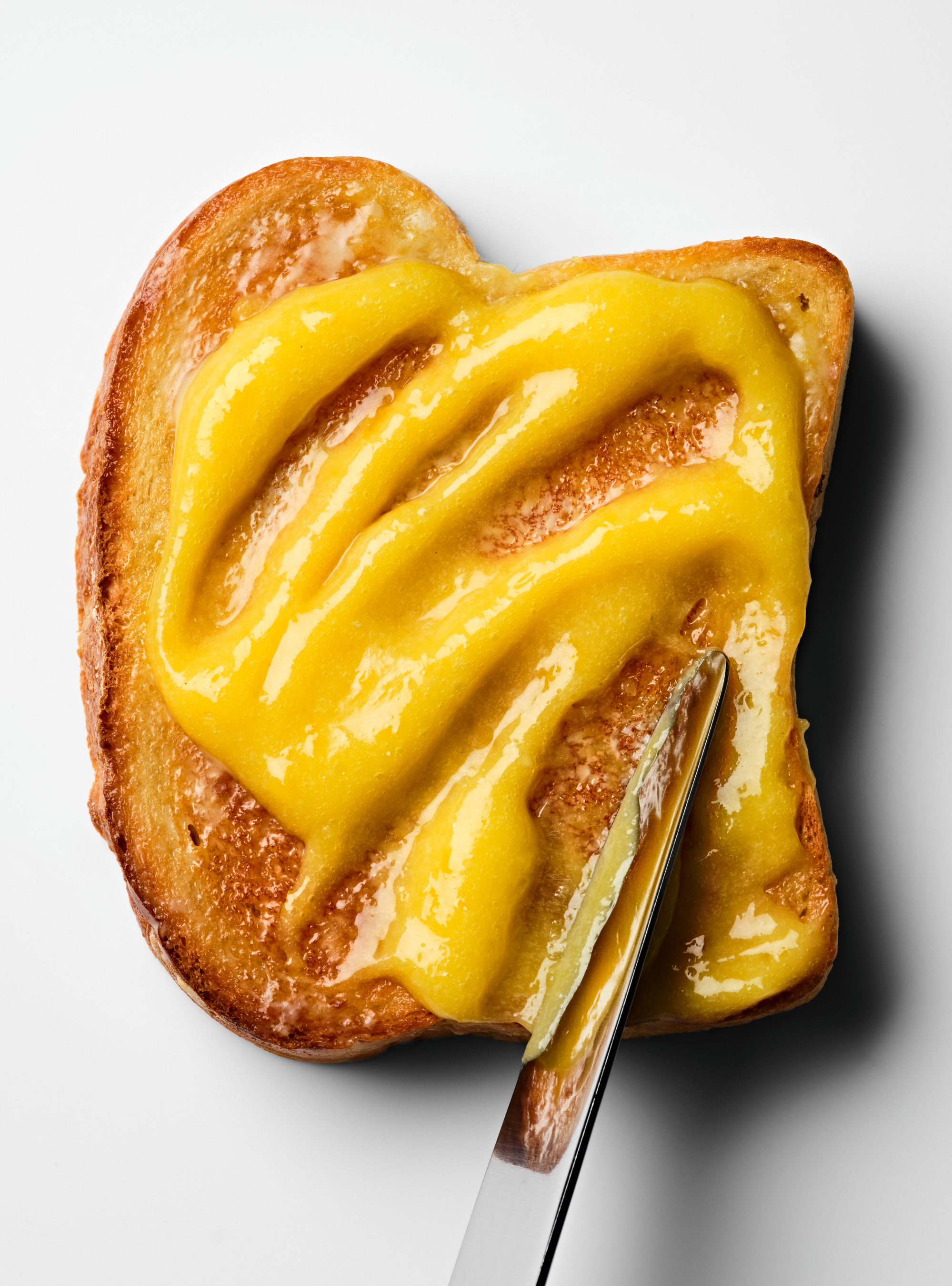
In many cultures, a cleansing combination of hot water and lemon first thing in the morning is believed to ward off germs – though Hong Kong’s preference for warm coke and lemon is likely less effective. According to the internet, lemons can even be used to clean overused home appliances from ovens and dishwashers, to washing machines.
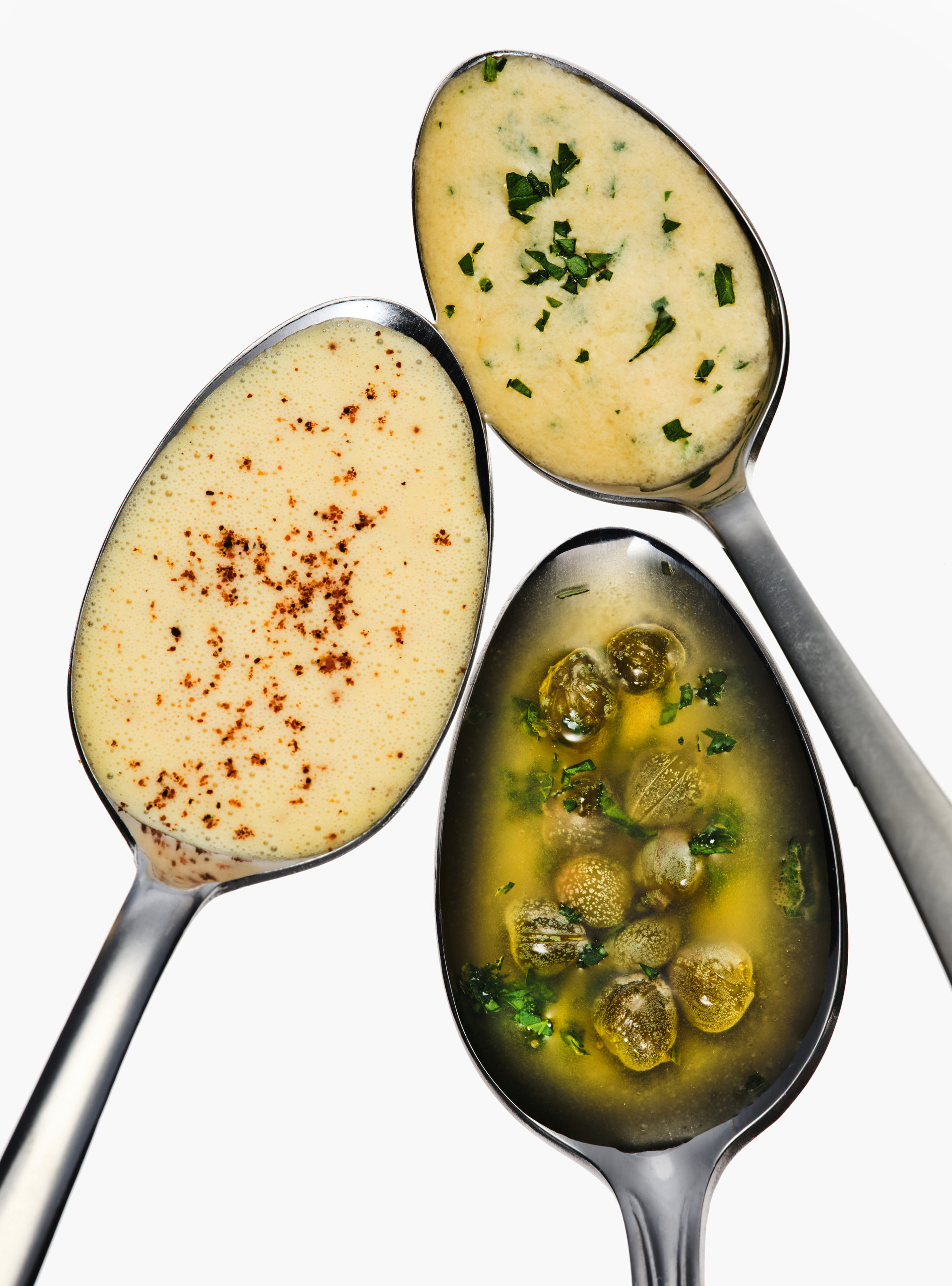
Interestingly, lemons are believed to have originated as a hybrid of earlier citrus varieties, with sources disagreeing on whether this was in the Northeast Indian region of Assam, Northern Myanmar or China – all rather odd considering that it is hardly a staple in any of those cuisines.

Before they ended up on our plates, lemons were regarded as a symbol of status and wealth and used as decoration in the homes of the elite in Rome, China and Egypt. Egyptians also believed that eating lemons would protect them from several forms of poison while they found widespread use as a cure for scurvy starting in the mid-1700s. The fruit was also seen as a beauty aid in the Renaissance, with women using it to pinken their lips.
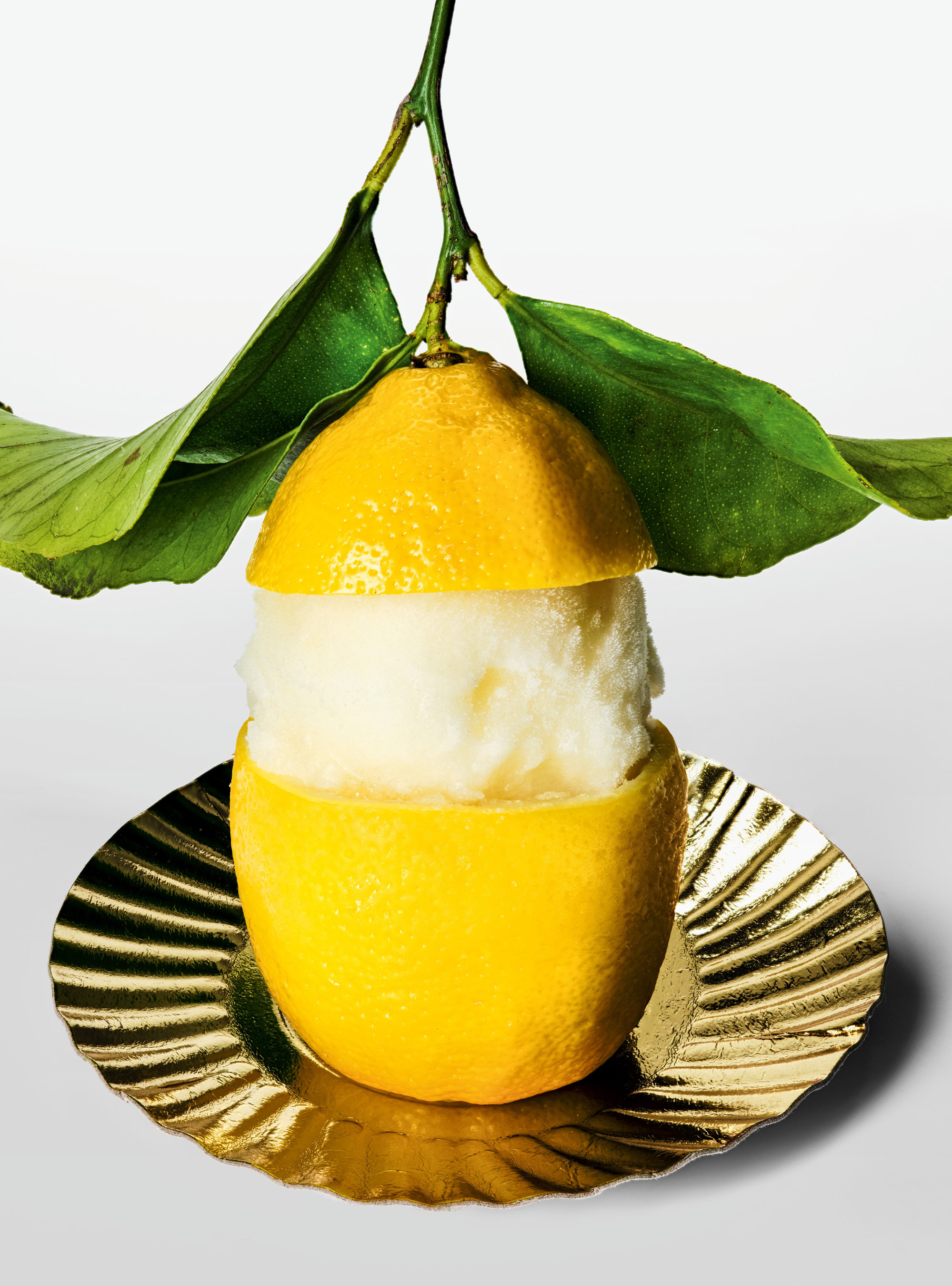
While India remains the world’s largest producer of lemons, it is the Italians who cultivate the world’s most renowned lemon variety. Amalfi lemons – named after the stunning coastline in the country’s southwest along which they grow in abundance – are larger than most, weighing at least 100 grams and measuring up to 40cm in diameter. Juicy and succulent, they have become as integral to Italian cuisine as pasta and gelato, not to mention being central to limoncello, the famous liqueur.
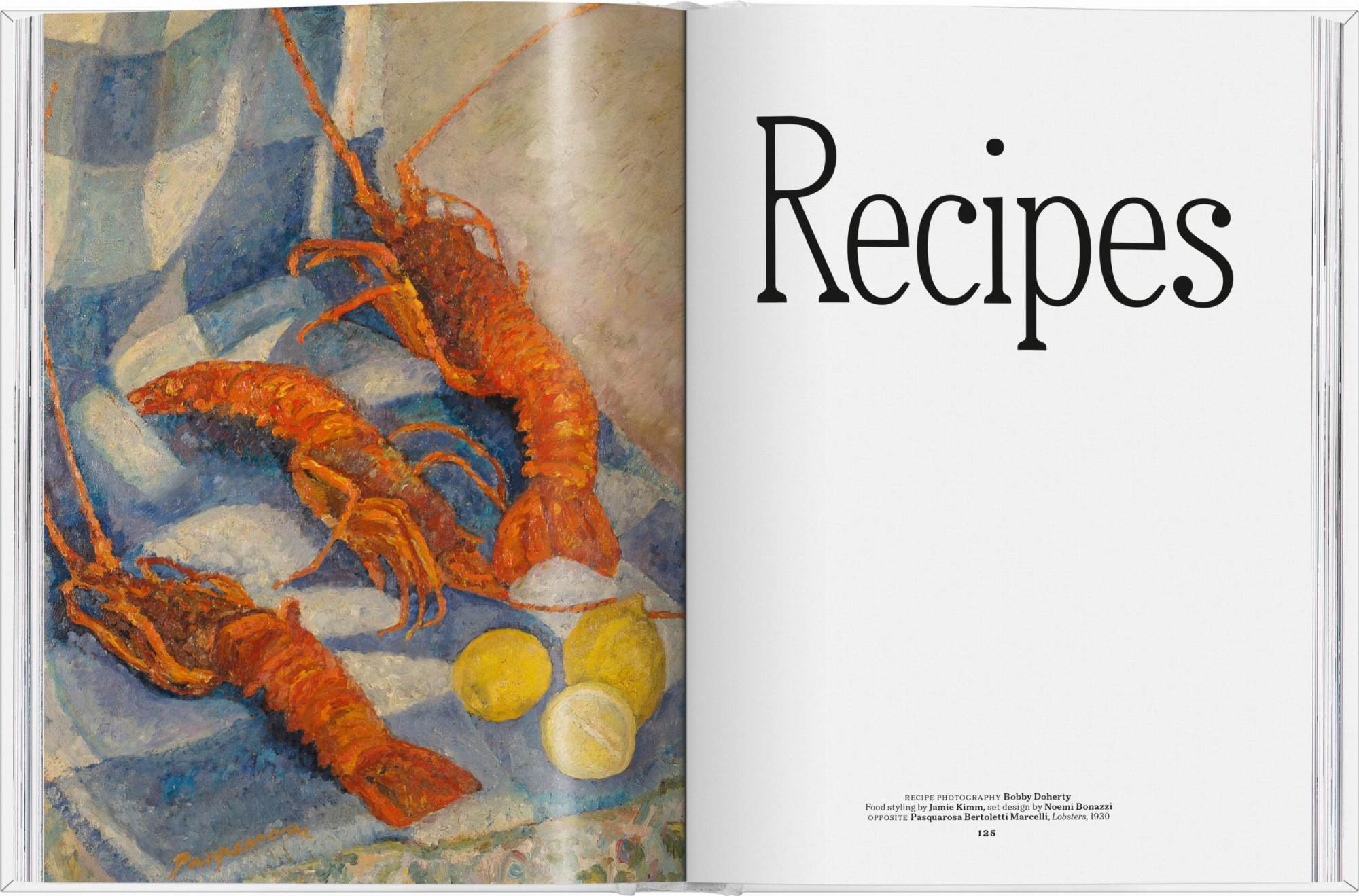
The book reveals that it’s not just chefs that have been wooed by the lure of the lemon. Writers such as Joan Didion and F. Scott Fitzgerald have used it as a literary device and its bulbous shape has dominated masterpieces by renowned artists such as Pablo Picasso, Henri Matisse and Andy Warhol. Even designers from the worlds of architecture and fashion – the likes of Philippe Starck, Stella McCartney and Dolce & Gabbana, have immortalised the vibrant fruit in their creations.
Kung Food: Inside TikTok star Jon Kung’s ‘third-culture cooking’ recipe book
Eulogised by the pithy to the philosophical, the humble lemon emerges as an underrated and perky hero from which – ahem – the zest is yet to come.
Love for lemons
Ricardo Chaneton, co-founder and executive chef, Mono
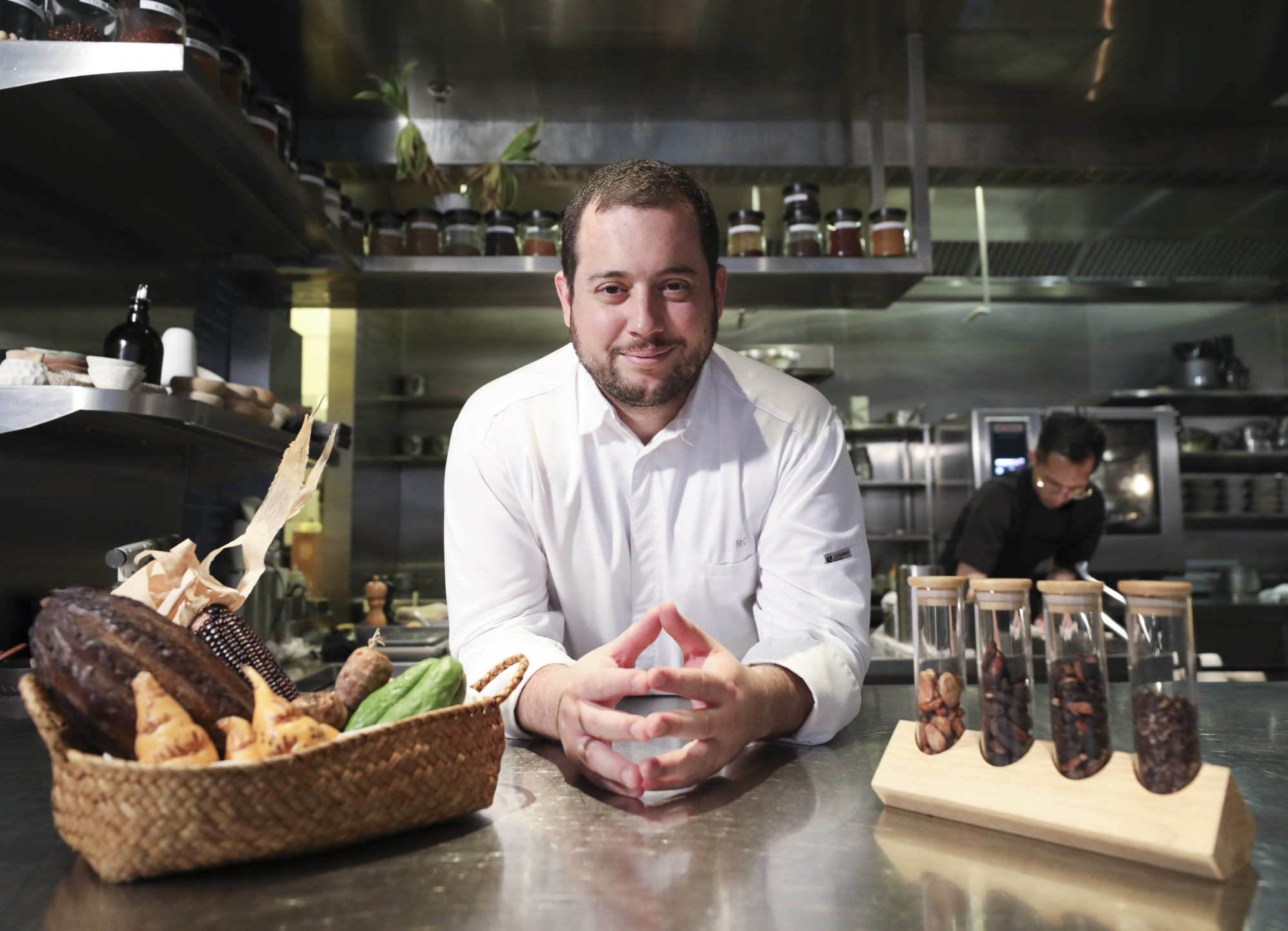
“Lemons are an integral part of a pantry because they are an ingredient that helps food shine while bringing out the soul of other ingredients. They also make heavier ingredients fresher and lighter. A lot of chefs use lemon juice to cut fat, and combine it with cream or foie gras – anything with a lot of fat. Lemons can be used in many ways in the construction of a dish, be it the zest, the juice or the flesh. There are also certain kinds that don’t have a bitter skin which can also be used.”
Romain Dupeyre, executive chef and co-owner, Racines

“I enjoy yuzu lemon, bergamot and Buddha’s hand, but I really like Menton lemons since I grew up near the city of Menton in the south of France. The Menton is very fragrant, juicy and rich in acidity. It is also sweeter and less bitter than the classic type. This citrus has become an essential part of the history and heritage of the Cote d’Azur. It is the star of the Fête du Citron, a festival that is really famous in the French Riviera.”
How humble Hong Kong street food found its way to fine dining
Mandy Siu, pastry chef and co-founder, Finessence Pâtisserie

“In my kitchen, I make a conscious effort to minimise waste. Beyond the common uses of lemon juice, we find creative ways to make the most of the entire fruit. For instance, the zest is carefully removed, dried, powdered and repurposed as a unique seasoning. Additionally, we’ve found that blanching the pith to eliminate bitterness transforms it into a fantastic ingredient with a lovely texture, which we can preserve and use in desserts.”

- Taschen’s new coffee table tome The Gourmand’s Lemon celebrates the sourest of fruits across the realms of history, art, film, literature, medicine – and even food, with a stack of zesty recipes
- Learn how the humble lemon inspired canvases by Pablo Picasso and Henri Matisse, words from Joan Didion and F. Scott Fitzgerald, and was once a status symbol in ancient Rome, China and Egypt